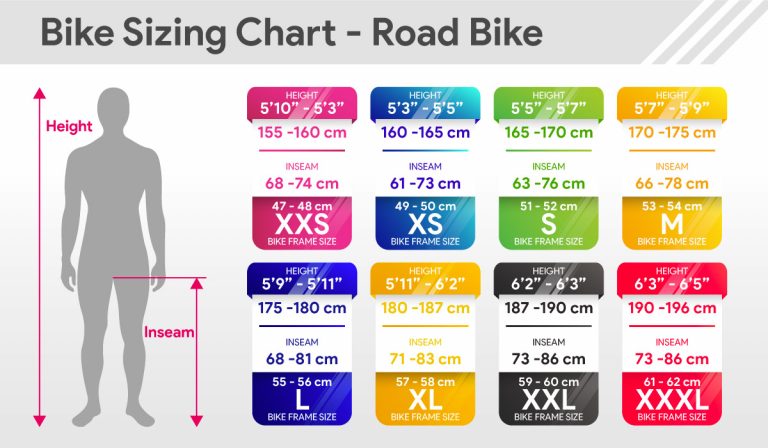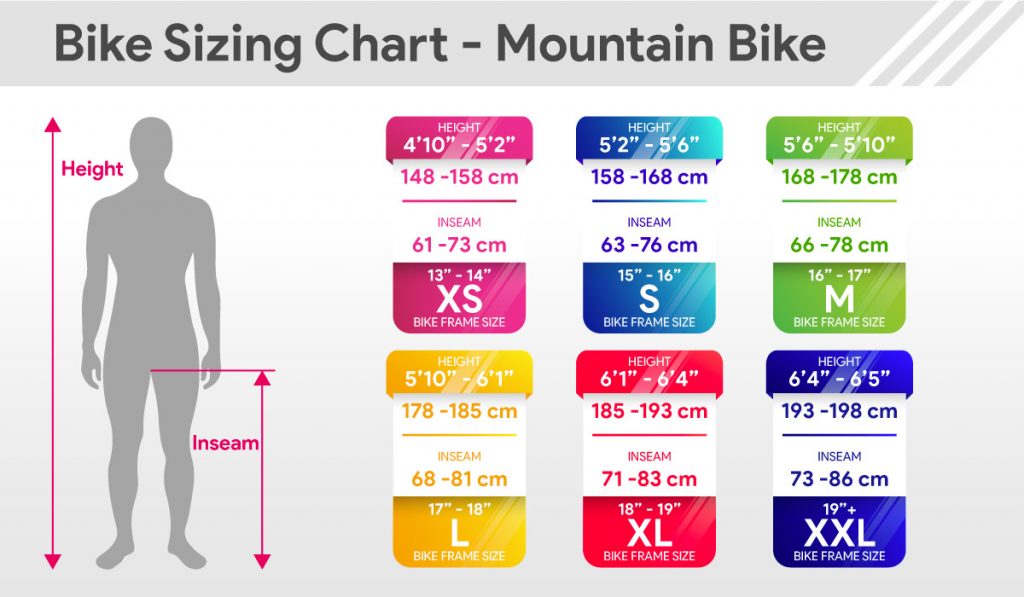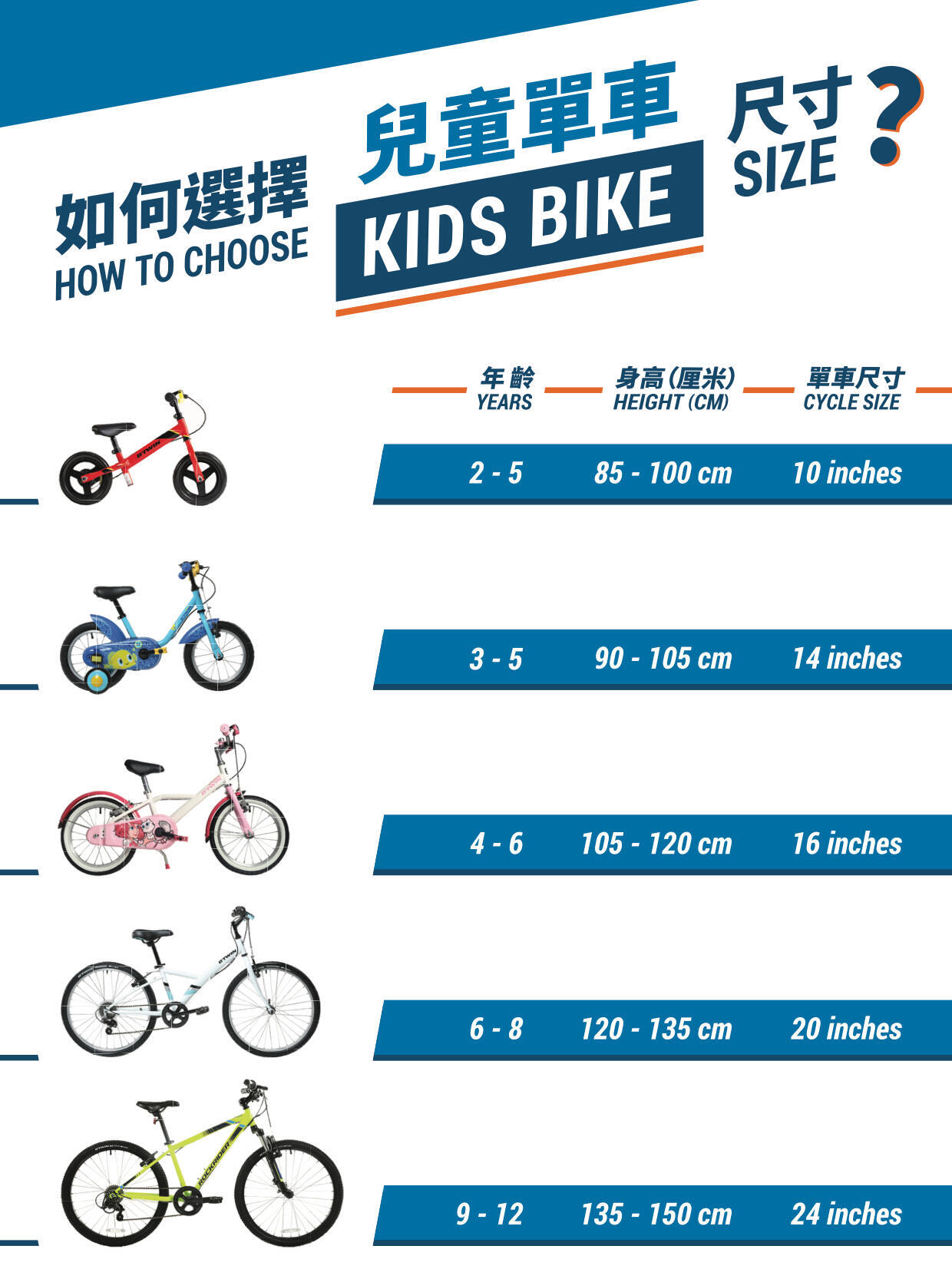Why Bike Size Matters: Avoiding Discomfort and Injury
When it comes to cycling, finding the right bike size is crucial for a comfortable and enjoyable ride. An ill-fitting bike can lead to a range of issues, from minor discomfort to serious injuries. In fact, a bike that is too small or too large can put unnecessary strain on the rider’s body, leading to pain and fatigue. For example, a bike that is too small can cause the rider to hunch over, putting pressure on the back and neck, while a bike that is too large can make it difficult to control, increasing the risk of accidents. By understanding the importance of bike size, riders can take the first step towards finding the perfect fit and enjoying a safe and comfortable ride. Learning how to choose bike size is essential for getting the most out of your riding experience, whether you’re a seasoned cyclist or just starting out.
Understanding Your Body: Measuring for the Ideal Bike Fit
To determine the ideal bike size, it’s essential to take accurate body measurements. This includes measuring inseam, arm length, and leg length. The inseam measurement is taken from the floor to the top of the inner thigh, while arm length is measured from the shoulder to the wrist. Leg length is measured from the top of the inner thigh to the ankle. These measurements will provide a baseline for determining the correct bike size. Additionally, considering factors such as riding style, flexibility, and personal comfort preferences can also impact the ideal bike size. By understanding how to take these measurements and applying them to bike size charts, riders can ensure a comfortable and efficient ride. Learning how to choose bike size based on individual body measurements is crucial for a perfect fit.
How to Choose the Right Bike Type: Road, Mountain, or Hybrid?
When it comes to selecting the right bike size, it’s essential to consider the type of bike that best suits your needs. Road bikes, mountain bikes, and hybrid bikes each have their own unique characteristics and size ranges. Road bikes, designed for speed and efficiency, typically have a more aggressive riding position and are ideal for riders with a longer inseam. Mountain bikes, built for off-road adventures, have a more upright riding position and are suitable for riders with a shorter inseam. Hybrid bikes, a combination of road and mountain bikes, offer a comfortable riding position and are ideal for riders who want a versatile bike. Understanding the different types of bikes and their corresponding size ranges is crucial in determining how to choose bike size that meets your specific needs. By considering factors such as riding style, terrain, and personal comfort preferences, riders can narrow down their options and find the perfect bike size.
Deciphering Bike Size Charts: A Step-by-Step Guide
Once you’ve determined your body measurements and chosen the right bike type, it’s time to decipher bike size charts. Bike size charts can seem overwhelming, but by following a few simple steps, riders can easily find their corresponding bike size. First, identify the bike manufacturer’s size chart, as each brand has its own unique sizing system. Next, match your body measurements to the corresponding bike size on the chart. Pay attention to the inseam, arm length, and leg length measurements, as these will provide the most accurate fit. Additionally, consider factors such as riding style and personal comfort preferences, as these can impact the ideal bike size. By following these steps and understanding how to choose bike size based on bike size charts, riders can ensure a comfortable and efficient ride. Remember, finding the right bike size is a process, and taking the time to get it right will pay off in the long run.
Test Ride and Adjust: Fine-Tuning Your Bike Fit
Once you’ve narrowed down your bike size options, it’s essential to test ride a bike to ensure a comfortable and efficient ride. This step is crucial in determining how to choose bike size that meets your specific needs. During the test ride, pay attention to how your body feels on the bike. Do you feel comfortable and relaxed, or are you experiencing discomfort or strain? Take note of any areas of tension or pain, as these can indicate that the bike size is not ideal. Make adjustments to the bike’s fit, such as raising or lowering the handlebars or adjusting the seat height, to fine-tune the fit. Remember, finding the right bike size is a process, and it may take some trial and error to get it just right. By taking the time to test ride and adjust, riders can ensure a comfortable and enjoyable ride, and avoid the risks associated with an ill-fitting bike.
Special Considerations: Finding the Right Bike Size for Kids and Women
When it comes to finding the right bike size, there are special considerations to keep in mind for kids and women. For kids, growth rates and development play a significant role in determining the ideal bike size. Parents should consider their child’s age, height, and inseam when selecting a bike, as well as the type of riding they will be doing. For example, a child who will be riding on trails may require a different bike size than one who will be riding on paved roads. Women, on the other hand, often have unique body proportions that can affect their bike fit. For instance, women tend to have longer legs and shorter torsos than men, which can impact their ideal bike size. By taking these special considerations into account, riders can ensure a comfortable and efficient ride, and learn how to choose bike size that meets their specific needs. Additionally, many bike manufacturers offer women’s and kids’ specific bike lines, which can provide a better fit and more comfortable ride.
Top Brands and Models: Real-World Examples of Bike Sizing
When it comes to understanding how to choose bike size, it’s helpful to look at real-world examples of popular bike brands and models. For instance, Trek, a well-known bike manufacturer, offers a range of road bikes with sizes ranging from 50cm to 62cm. Their mountain bikes, on the other hand, come in sizes from 13.5 inches to 21.5 inches. Similarly, Specialized, another prominent bike brand, offers a range of hybrid bikes with sizes from 52cm to 64cm. By looking at these examples, riders can get a better understanding of how bike sizing works in practice and how to choose bike size that meets their specific needs. Additionally, many bike manufacturers provide size charts and fit guides on their websites, which can be a valuable resource for riders looking to find the perfect fit. By considering these real-world examples and resources, riders can make an informed decision when selecting a bike and ensure a comfortable and efficient ride.
Conclusion: Finding the Perfect Bike Size for a Comfortable Ride
In conclusion, finding the right bike size is crucial for a comfortable and efficient ride. By understanding the importance of bike size, taking accurate body measurements, and considering the type of bike and its corresponding size range, riders can make an informed decision when selecting a bike. Additionally, deciphering bike size charts, test riding, and making adjustments can ensure a perfect fit. Special considerations for kids and women, as well as looking at real-world examples of popular bike brands and models, can also provide valuable insights. Remember, how to choose bike size is not a one-size-fits-all approach, and taking the time to find the right bike size can make all the difference in enjoying a comfortable and enjoyable ride. By following these guidelines and considering the unique needs of each rider, anyone can find the perfect bike size and start pedaling their way to a more comfortable and efficient ride.







